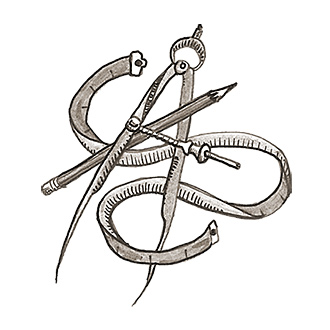
Related Questions
- How can we make hearing aids work better?
- Can seawalls prevent beaches from eroding?
- What are the technological obstacles to colonizing another planet?
- What do Legos have to do with engineering?
- Can we control machines using only our thoughts?
- Is it possible to make a Batman suit?
- Can humans fly like birds?
- Why is a bicycle easier to control when it’s moving?
- Can we build a time machine?
- Why can’t I use a dimmer switch with a compact fluorescent bulb?
How does a particle accelerator work, and why are such large structures necessary?
Modern particle accelerators are either linear, where the particles are accelerated in a straight line, or circular, such as the Large Hadron Collider (LHC) that just started operating at CERN…
By Deborah HalberModern particle accelerators are either linear, where the particles are accelerated in a straight line, or circular, such as the Large Hadron Collider (LHC) that just started operating at CERN. In both, electric fields accelerate subatomic particles, and in circular machines, magnetic fields guide them around courses into controlled head-on collisions. Many MIT engineers work with MIT’s own Bates Linear Accelerator Center in Middleton, Mass.
LHC’s circular tunnel that runs under the French-Swiss border contains more than 1,000 dipole magnets end-to-end. The structure is large because to keep protons racing along almost at the speed of light (the protons travel the 27km ring 11,000 times in one second) you have to create a lot of un-Earthly conditions.
Among the LHC’s large, complex components are the powerful magnets of the ring — at around 170,000 times the Earth’s magnetic field — that generate the fields that keep the particles on course; the vacuum pipes through which the particles travel, which have 20 times less pressure than the surface of the moon; and the cryogenic refrigeration plants that reduce the superconducting magnets’ temperature to 1.9 Kelvin, close to absolute zero.
Scientists hope that by conducting a large number of precise measurements involving the exotic behavior of these particles when they collide, they can begin to understand why these particles exist, how they interact with one another and what role they played in the development of the early universe.
There are a number of engineering parameters that limit the energy of an accelerator, said Frank Taylor, a senior research scientist in MIT’s physics department. To accelerate protons — as LHC does — the limiting factors are the strength of the guide magnetic field and the size of the ring of magnets. At the LHC, the ring of magnets is 27 km in circumference and the strength of the magnetic field is 8.36 Tesla — close to the practical limit for niobium-titanium superconducting accelerator magnets.
Posted: December 16, 2008